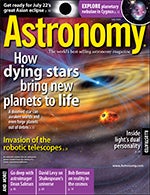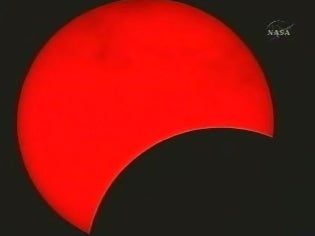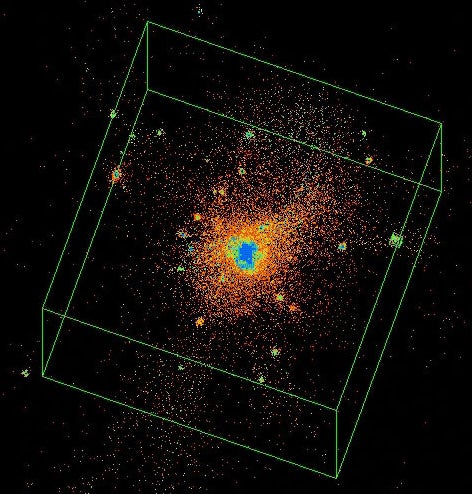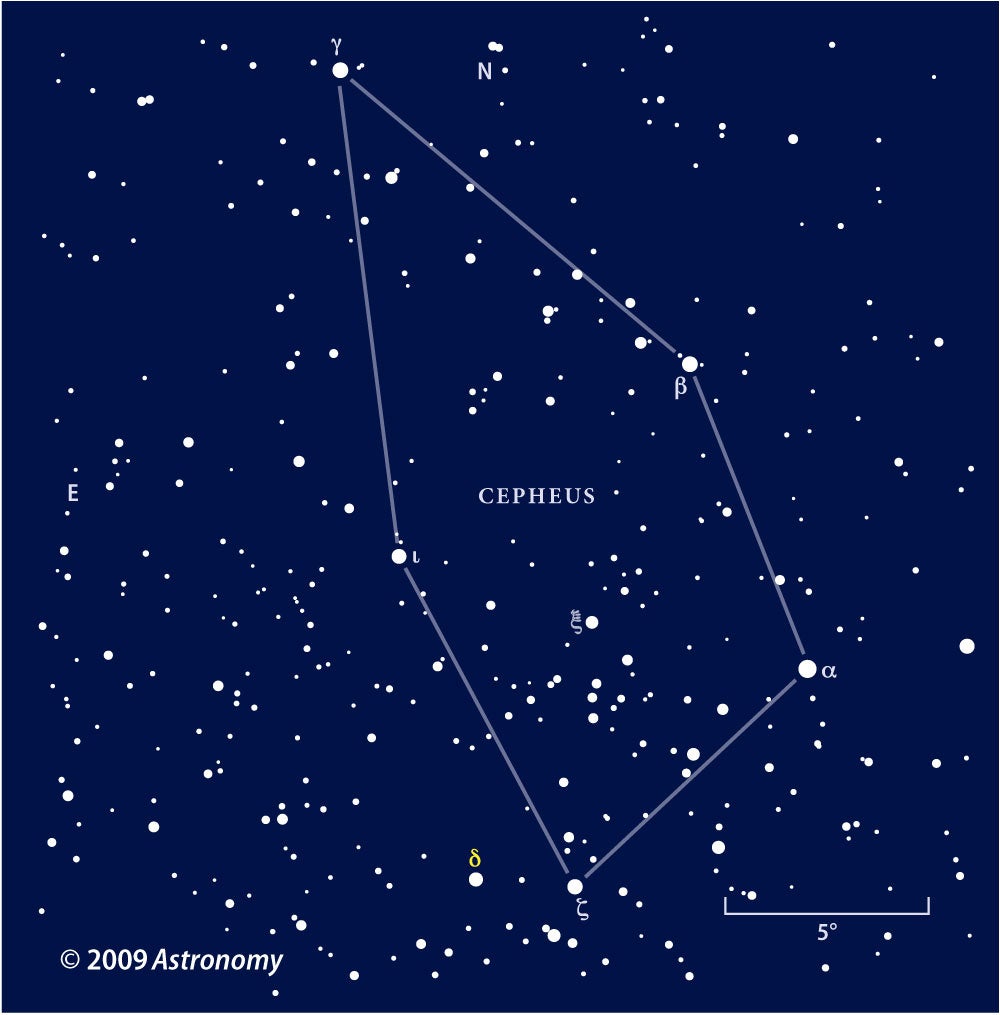
July 2009
The world's best-selling astronomy magazine offers you the most exciting, visually stunning, and timely coverage of the heavens above. Each monthly issue includes expert science reporting, vivid color photography, complete sky coverage, spot-on observing tips, informative telescope reviews, and much more! All this in an easy-to-understand, user-friendly style that's perfect for astronomers at any level.
Features
How dying stars bring new planets to life
A doomed star can awaken frozen worlds and even forge new planets out of death’s debris.
Web extra: A dying star gives birth to new planets
Astronomers have long known that planets form in dusty disks around newborn stars. Now, researchers suspect that planets also can develop in debris disks surrounding exploded stars.
Invasion of the robotic telescopes
Step aside, puny humans! Faster and smarter telescopes are tkaing over much of the nightly drudgery of astronomical research. Soon they may make their own discoveries.
Web extra: How robots are looking for planets
A new generation of intelligent robotic telescopes search for planets in other solar systems.
Illustrated: Light’s dual personality
Is light a wave or a particle? Science says both.
Go deep for faint nebulae with astroimager Dean Salman
A dark sky, wide-field scope, and filtered CCD camera enable this Arizona skyshooter to capture distant HII regions in the Milky Way.
Web extra: More Salman Sharpless objects
Spend some time with another dozen celestial wonders.
Explore planetary nebulae in Cygnus
These dying stars offer colored rings, twisted filaments, and odd-shaped blobs.
Web extra: Catalog of Cygnus planetary nebulae
Scope out this constellation’s dozens of dying stars.
Get ready for the great Asian eclipse
The century’s longest total solar eclipse promises to thrill those who stand in the Moon’s shadow.
Columns
Departments
This month in Astronomy
Astro Confidential
Letters
Web Talk
Bob Berman’s Strange Universe
Stephen James O’Meara’s Secret Sky
Astro News
The Sky this Month
Ask Astro
David H. Levy’s Evening Stars
Glenn Chaple’s Observing Basics
New Products
Advertiser Index
Telescope Insider
The Cosmic Grid
Reader Gallery




